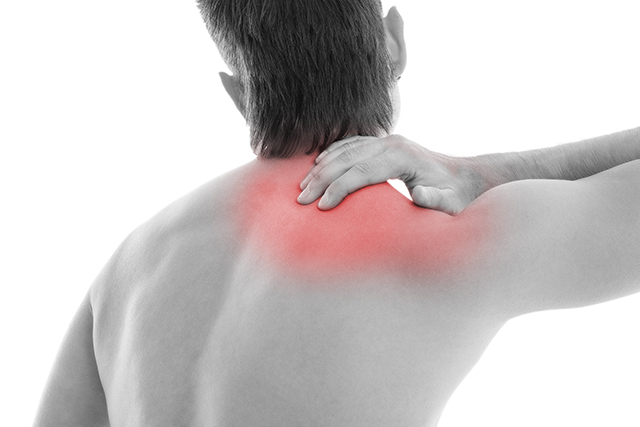Total Shoulder Replacement

What is Total Shoulder Replacement?
The shoulder joint is a ball and socket joint in which the upper end of the upper arm bone fits into the socket of the shoulder scapula, with cartilage present between the bones to allow smooth joint movement. Total Shoulder Replacement in Koramangala Bangalore is a surgical procedure in which a painful or poorly functioning shoulder joint is replaced with prosthetic components to help reduce symptoms and restore mobility.
Parts of the Shoulder Prosthesis
The prosthetic shoulder is a mechanical device designed to replace the patient’s shoulder joint. It consists of the following components:
- Glenoid component: This replaces the shoulder socket. It is shaped like a cup and is made of a metal shell with a polyethylene inner liner.
- Humeral components: These replace the upper end of the arm bone. They consist of a stem and ball, both made of metal.
When should Total Shoulder Replacement be considered?
A shoulder that is painful due to osteoarthritis or a severe fracture can significantly affect daily activities. Total Shoulder Replacement in Sarjapur Road Bangalore should be considered when non-surgical treatments fail to provide adequate pain relief and symptoms interfere with routine activities.
Preparing for Total Shoulder Replacement
In preparation for the surgery, you may be recommended to:
- Undergo tests to ensure you are fit for surgery
- Perform specific exercises to strengthen the muscles around the joint
- Inform Dr. Laxman about your current medications and allergies
- Temporarily stop medications such as blood thinners before surgery
- Avoid smoking and alcohol, as they slow down healing
- Stop eating and drinking 8 to 12 hours prior to surgery
What to expect during Total Shoulder Replacement Surgery?
The operation is performed under general or local anaesthesia. A 4 to 6 inch incision is made over the shoulder joint. The pectoral and deltoid muscles are separated to access the joint, and blood vessels and nerves are protected using special retractors. The degenerated portions of the shoulder joint are removed, and the bone surfaces are prepared to receive the prosthesis. The prosthetic components are positioned, and joint stability and mobility are assessed. The incision is then closed in layers with sutures, a bandage is applied, and you are transferred to the recovery room.
Recovery after Total Shoulder Replacement
After surgery, your arm will be immobilized in a sling. Temporary swelling and pain are expected, and medications will be prescribed for relief. The sling should be removed only while performing physiotherapy exercises. Active use of the shoulder typically resumes after 4 to 6 weeks, and pain-free activity may take about 2 months.
